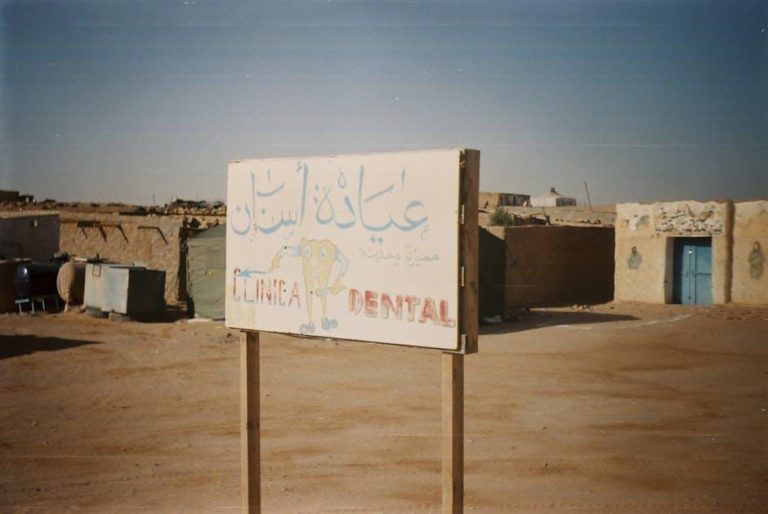
New Study Maps the ‘Dental Deserts’ in the U.S. — and There Are Lots of Them
Dental health is a vital part of overall well-being, yet millions of Americans face limited access to dental care. A pioneering study by researchers at Harvard University has shed light on a concerning phenomenon: large swaths of the U.S. are becoming “dental deserts.” These are areas with few or no practicing dentists, leaving communities without adequate dental services and jeopardizing public health.
What Are Dental Deserts?
Simply put, dental deserts are geographic regions where residents have limited or no access to dental care providers. Unlike traditional healthcare deserts that often focus on hospitals and physicians, dental deserts underscore the scarcity of dental professionals such as dentists, hygienists, and specialists.
This scarcity can be due to various factors including:
- Economic barriers making it financially unfeasible for dentists to open practices.
- Rural and remote locations with low population density.
- Insufficient dental insurance coverage in the region.
- Systemic inequalities affecting minority and underserved populations.
Insights from the Harvard Gazette Study
The recent study, published by the Harvard Gazette, utilized advanced mapping techniques to visualize dental deserts across the country. Key findings include:
| Region | Estimated Dental Desert Areas | Population Impacted |
|---|---|---|
| Rural Midwest | Over 30% of counties | 2.5 million people |
| Southern States | 25% of counties | 3 million people |
| Western Mountain States | Over 20% of rural districts | 1.7 million people |
| Urban Underserved Areas | Several inner-city neighborhoods | Over 2 million people |
The study reveals that both rural and urban areas face significant dental care shortages, although the reasons may differ. In rural areas, it’s often the distance and low patient volume that deter dental providers, while in urban centers, economic disparities and insurance gaps as barriers to access are more prominent.
Why Are Dental Deserts a Public Health Concern?
Dental health is directly linked to overall health.
- Undiagnosed oral diseases: Without enough dentists, issues like cavities, gum disease, and oral cancers go undetected and untreated.
- Systemic implications: Poor oral health has been connected to heart disease, diabetes, stroke, and adverse pregnancy outcomes.
- Economic impacts: Untreated dental problems can lead to missed work or school days, affecting community productivity and growth.
Thus, addressing dental deserts is essential not only for improving oral health but for enhancing overall community wellness.
Who Is Most Affected by Dental Deserts?
Certain populations are disproportionately impacted by dental deserts:
- Low-income families: With limited insurance coverage and fewer resources to seek private care.
- Rural residents: Facing long travel distances to reach the nearest dentist.
- Minority and marginalized communities: Experiencing systemic barriers to dental care access.
- Children and elderly adults: Vulnerable groups who require regular dental monitoring and preventive care.
Practical Tips to Navigate Dental Deserts
If you live in a dental desert, accessing care can be difficult, but there are ways to mitigate the challenge:
- Explore community health centers: Many federally funded clinics offer dental services on a sliding scale.
- Check for mobile dental units: Some organizations provide mobile clinics that rotate through underserved areas.
- Utilize teledentistry services: Remote consultations can initiate care and determine urgent needs.
- Practice meticulous oral hygiene at home: Brushing, flossing, and avoiding high-sugar foods can prevent many problems.
Steps Towards Solutions — Policy and Community Responses
The Harvard study highlights the urgent need for coordinated solutions:
- Incentivizing dentists: Loan forgiveness programs and grants encourage providers to practice in underserved areas.
- Expanding roles for dental hygienists and assistants: Allowing mid-level providers to offer more services improves access.
- Increasing dental education outreach: Recruiting students from underserved regions can help bolster future workforce numbers.
- Enhancing insurance coverage: Expanding Medicaid dental benefits and other insurance programs reduces financial obstacles.
Firsthand Perspectives: Living in a Dental Desert
Jane Thompson, a resident of a small town in rural Iowa, shared her experience:
“The nearest dentist is over 45 miles away. For me and my family, that means long drives and time off work just for basic care. Sometimes we delay appointments until it becomes unbearable.”
Stories like Jane’s illustrate the human toll behind the statistics, underscoring the need for expanded dental infrastructure and services.
Conclusion
The Harvard Gazette’s groundbreaking study illuminates the extensive scope of dental deserts nationwide — a pressing issue that compromises the health of millions of Americans. Awareness of these dental care gaps is the first step toward advocacy and reform. With collaborative efforts from policymakers, dental professionals, and community organizations, these “dental deserts” can gradually transform into vibrant ecosystems of accessible, affordable oral health care.
Ensuring every community can smile confidently starts with addressing the dental desert crisis head-on.


